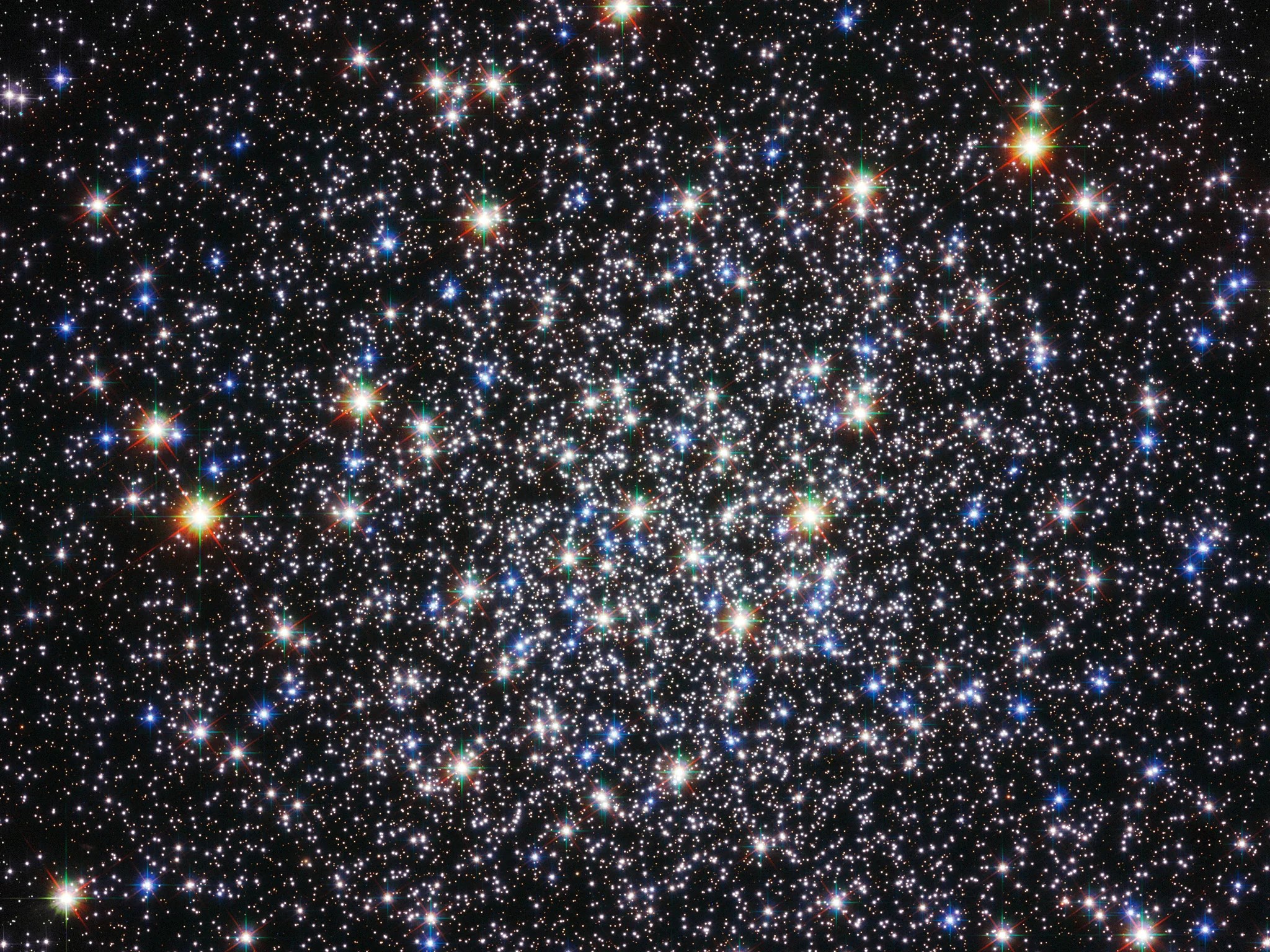
M12 – Cluster’s deceptive serenity hides violent past
Because globular clusters like M12 have such high concentrations of stars, they often contain binary star systems — systems of two stars that are locked in orbit around each other. As the stars interact, material from one star can be transferred to its companion, producing X-rays in the process. These X-rays serve as a signature of interacting binary systems, and many have been detected in M12. This is unexpected because M12 is a relatively diffuse globular cluster, so stars should be less likely to interact than if they were in clusters with a higher concentration of stars. M12 also has fewer low-mass stars than expected. Astronomers suspect that gravity has ripped many low-mass stars from M12 as the cluster passed through denser regions of the Milky Way during its orbit around the galaxy’s center. M12 is thought to have lost up to one million stars this way.
